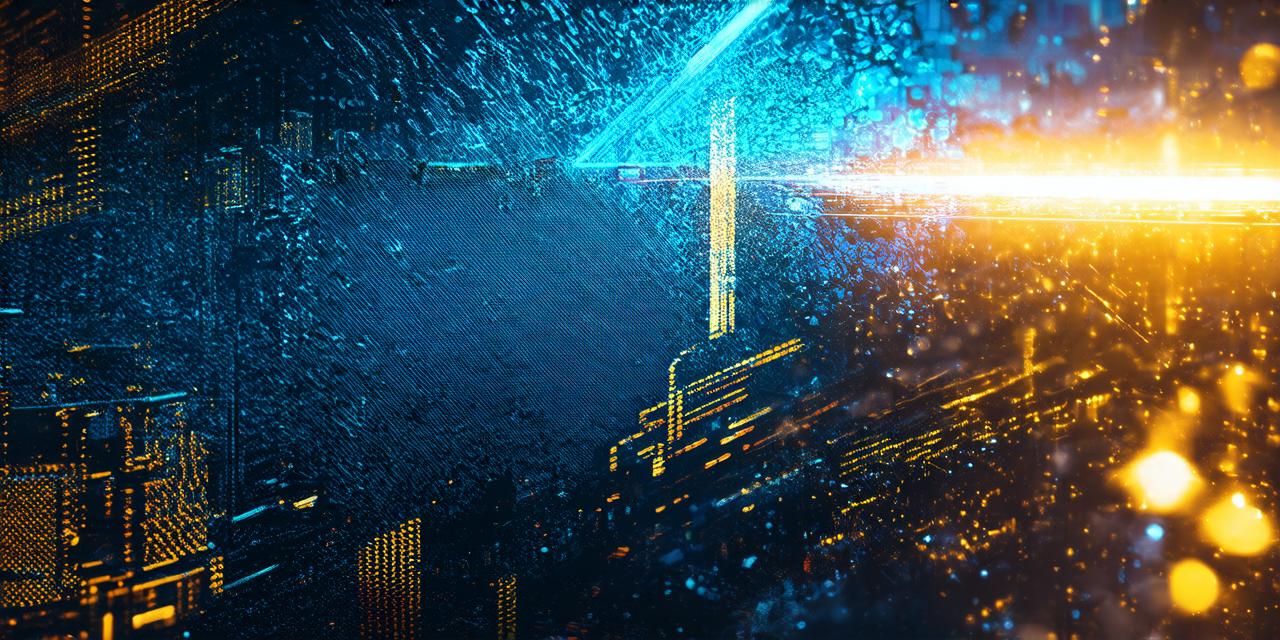Mixed reality (MR) is a technology that blends computer-generated images with real-world environments to create an interactive and immersive experience for users. MR has the potential to revolutionize various industries, including healthcare, education, entertainment, and manufacturing, by providing new ways of interacting with digital information.
Healthcare:
Mixed reality has significant potential in the field of healthcare. One application of MR technology is in surgical training, where it can simulate complex surgeries and allow trainees to practice their skills without risking patient safety. Another application is in patient care, where MR can provide patients with immersive experiences that help them manage pain, anxiety, and other health conditions.
For example, MR therapy can be used to treat PTSD by creating virtual environments that trigger a patient’s traumatic memories and allowing them to confront and overcome those fears.
Education:
Mixed reality has the potential to transform education by providing students with immersive learning experiences that are more engaging and effective than traditional classroom settings. MR can create virtual environments that simulate real-world scenarios, allowing students to learn from hands-on experiences that are not possible in a physical classroom.
For example, a student studying geology could use MR to explore the interior of a volcano or a student studying engineering could use MR to test and improve the design of a bridge or building.
Entertainment:
Mixed reality has already had a significant impact on the entertainment industry. Video games are one of the most well-known applications of MR technology, providing players with immersive experiences that blur the line between virtual and real worlds. Other applications include immersive theater productions, where actors perform in front of an audience while also interacting with digital elements, and concerts, where musicians use MR to create interactive performances that engage fans.
Manufacturing:
Mixed reality has significant potential in the manufacturing industry, where it can be used to improve productivity and efficiency by creating virtual models that allow engineers and designers to test and refine their designs before building physical prototypes. MR can also be used to train workers on new procedures or equipment, allowing them to practice their skills in a safe and controlled environment.
Conclusion:
Mixed reality is a technology that has the potential to transform various industries by providing new ways of interacting with digital information. From healthcare to education, entertainment to manufacturing, MR is changing the way we experience the world around us. As the technology continues to evolve, we can expect even more exciting applications and impacts in the future.
